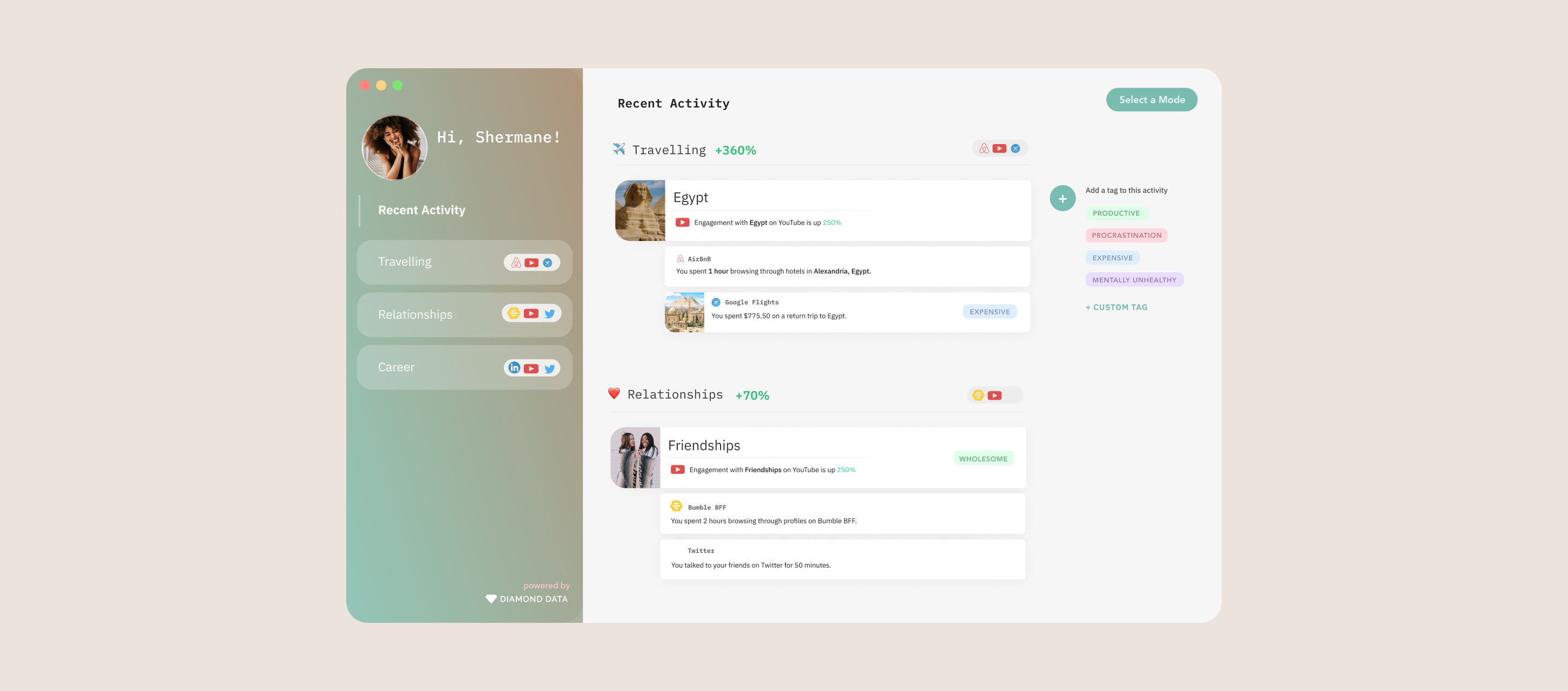

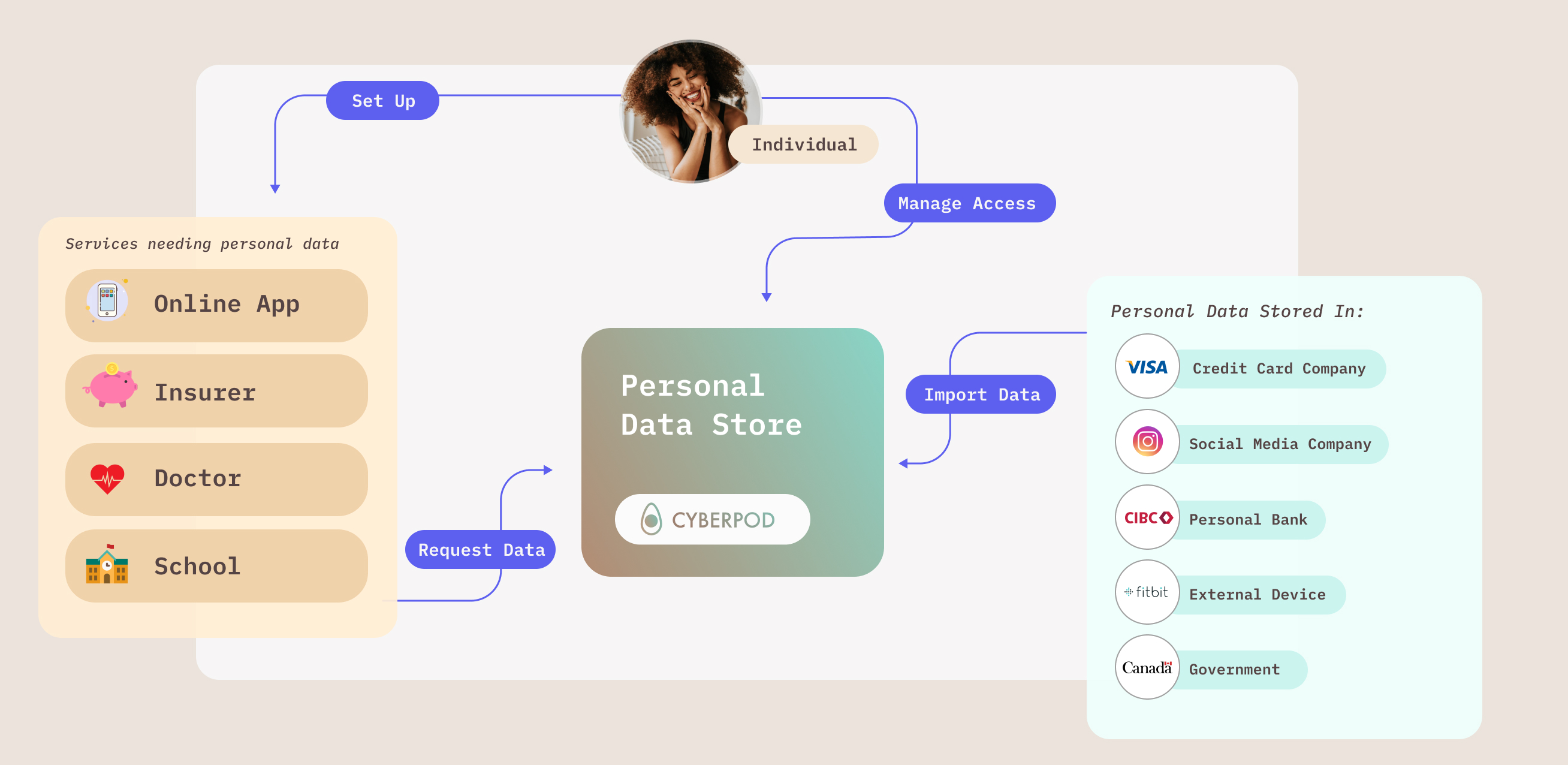 The model above illustrates a Personal Information Management System (PIMS), one of
the
key
examples of what a data intermediary system may look like. The individual is able to
manage
who has access to their personal data store, granting or revoking access to
organisations
such as GPs, banks, and online retailers, among others.
The model above illustrates a Personal Information Management System (PIMS), one of
the
key
examples of what a data intermediary system may look like. The individual is able to
manage
who has access to their personal data store, granting or revoking access to
organisations
such as GPs, banks, and online retailers, among others.
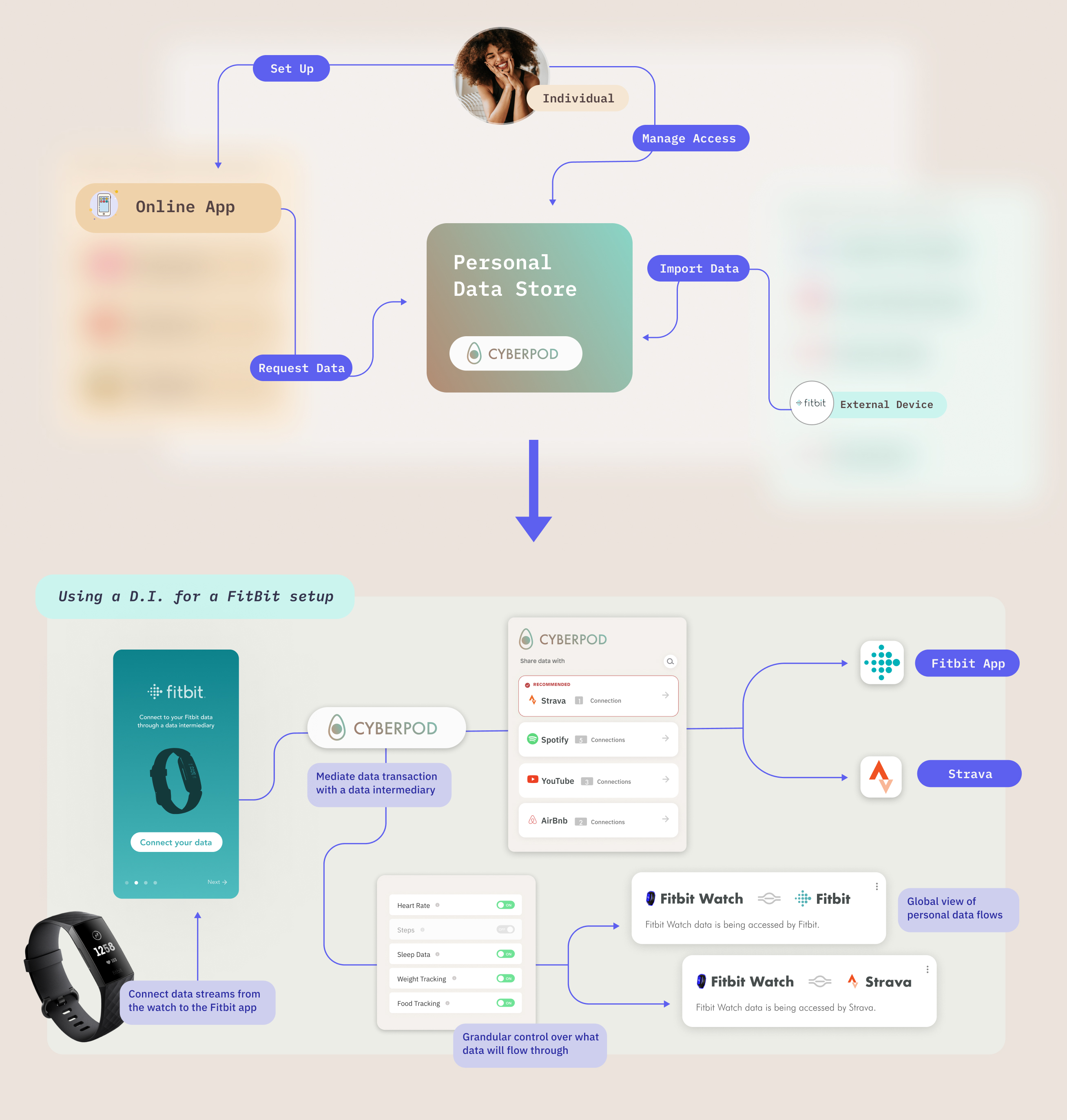 For example, using the PIMS model illustrated above, a user may connect data streams
taken
from a wearable device (FitBit) to an online application such as the FitBit app or
another
third party such as Strava. Data intermediaries unlock opportunities to empower
individuals,
offering them greater control and choice over who has access to data about them, and
the
purposes for which it is used. In addition, businesses could be empowered to use
data
about
themselves to make more informed decisions, benefit from new and/or improved
products
and
services, or support innovation in new data-driven markets.
For example, using the PIMS model illustrated above, a user may connect data streams
taken
from a wearable device (FitBit) to an online application such as the FitBit app or
another
third party such as Strava. Data intermediaries unlock opportunities to empower
individuals,
offering them greater control and choice over who has access to data about them, and
the
purposes for which it is used. In addition, businesses could be empowered to use
data
about
themselves to make more informed decisions, benefit from new and/or improved
products
and
services, or support innovation in new data-driven markets.
As part of the design inquiry, we explored different features/incentives a hypothetical data intermediary may have. This allowed us to engage with various fictional scenarios, and to understand what the various macro and micro interactions may be for this technology. After futher investigation, we narrowed our scope down to Enrichment, Commodification and Community Sharing.
Enrichment of data is a feature where an individual can
enrich
their
online experience to manifest
a more authentic or desired self through the manipulation of
their
personal
data.
In the example above,
the user can tag a cluster of online activities identified by
the D.I.,
categorize
it to be 'expensive', and set that tag
to a low sensitivity rating that applies a negative multiplier
value to
that
specific activity type, telling the D.I. to
show less of that content in order to promote a good
habit
(which, in
this example, would be cutting back on impulse spending).
Commodification of data is a feature that provides a
business
incentive to
not only individual and businesses looking to profit off of
their
data,
but also D.I. companies themselves wherever they may
originate from. This feature makes the D.I. future more
promising,
as it empowers individuals to take back their personal data
capital
back
into their hands and away from
big data conglomerates.
In the example above, the user is recommended a data profile
(an Ivy
League student's data profile) that another user listed on
the
D.I.'s
marketplace at a
fee set either by the seller, or based on the profile's
market value
according to the D.I.
Community sharing is a feature based that capitalizes
on
individuals' charitable efforts,
by giving them the option to 'donate their data' for a cause
(since
the
previous feature places a monetary value on each data
profile). This
feature would recommend certain algorthimatically
determined incentives based on the individual data profile,
and pool
together insightful data for small businessness or
non-profits.
In the example above, the user is recommended a fundraiser
effort
that
they could donate their data to, based on a number of
characterics
that
determined them a
good fit for the user that organization is looking to mine
data of.
01. Brainstorming features for a product site
After determining the key features that would exist in our design inquiry, I
decided to
explore the possibility of a realistic D.I., through the asset of a product
site that
would
encompass a host of
various features.
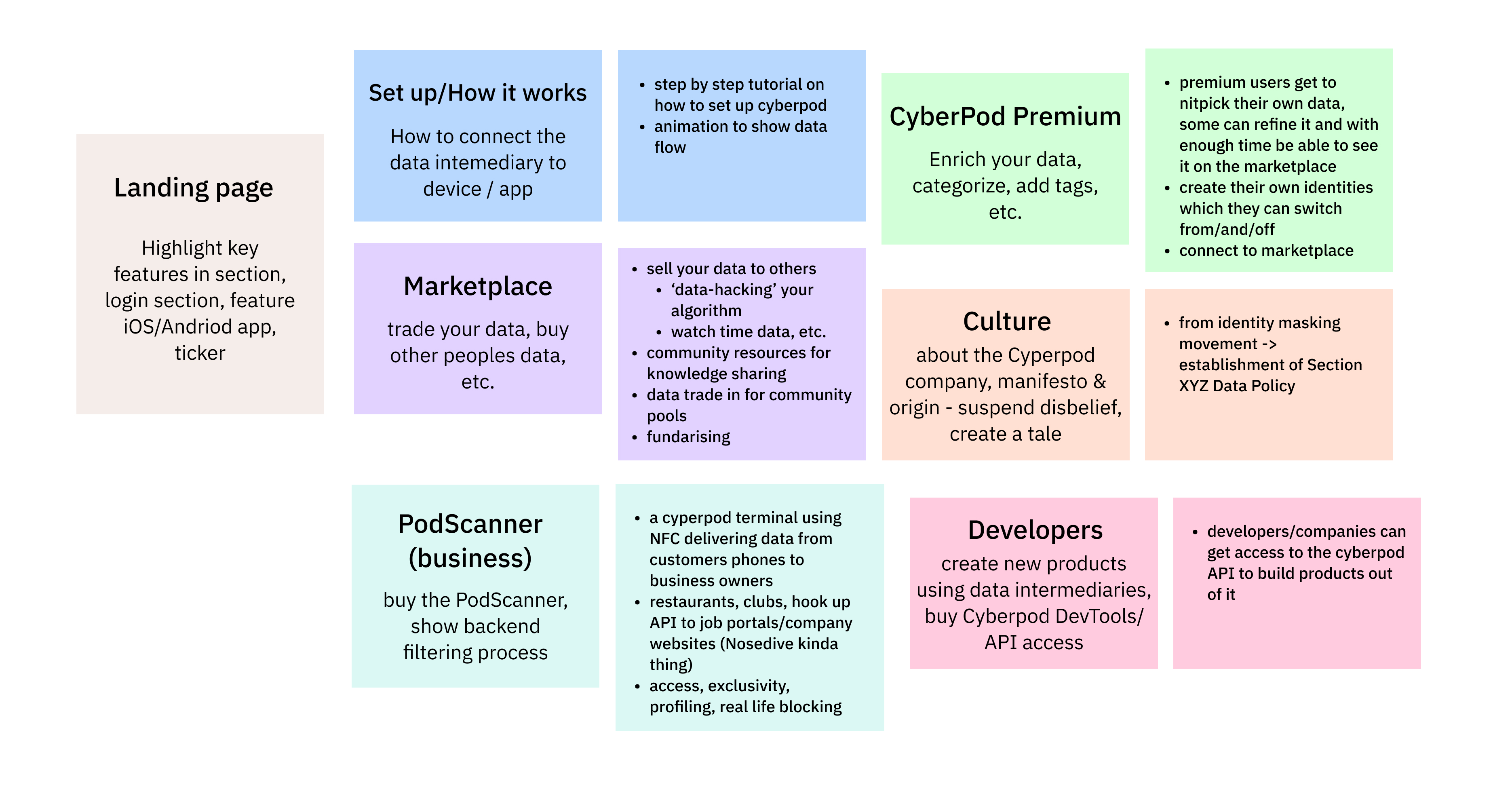 As seen in the image above, I investigated multiple product sites (primarily
software
based
ones, since that is the nature of a D.I.) and
compiled a list of some of the most common subpages/features/modules. I then
triaged the
ones I found with the 3 key characteristics of an ideal D.I. (enrichment,
commodification
and community sharing)
to be more selective and effective about the features that would
hypothetically be
present
in a full D.I. site.
As seen in the image above, I investigated multiple product sites (primarily
software
based
ones, since that is the nature of a D.I.) and
compiled a list of some of the most common subpages/features/modules. I then
triaged the
ones I found with the 3 key characteristics of an ideal D.I. (enrichment,
commodification
and community sharing)
to be more selective and effective about the features that would
hypothetically be
present
in a full D.I. site.
02. Creating a Sitemap
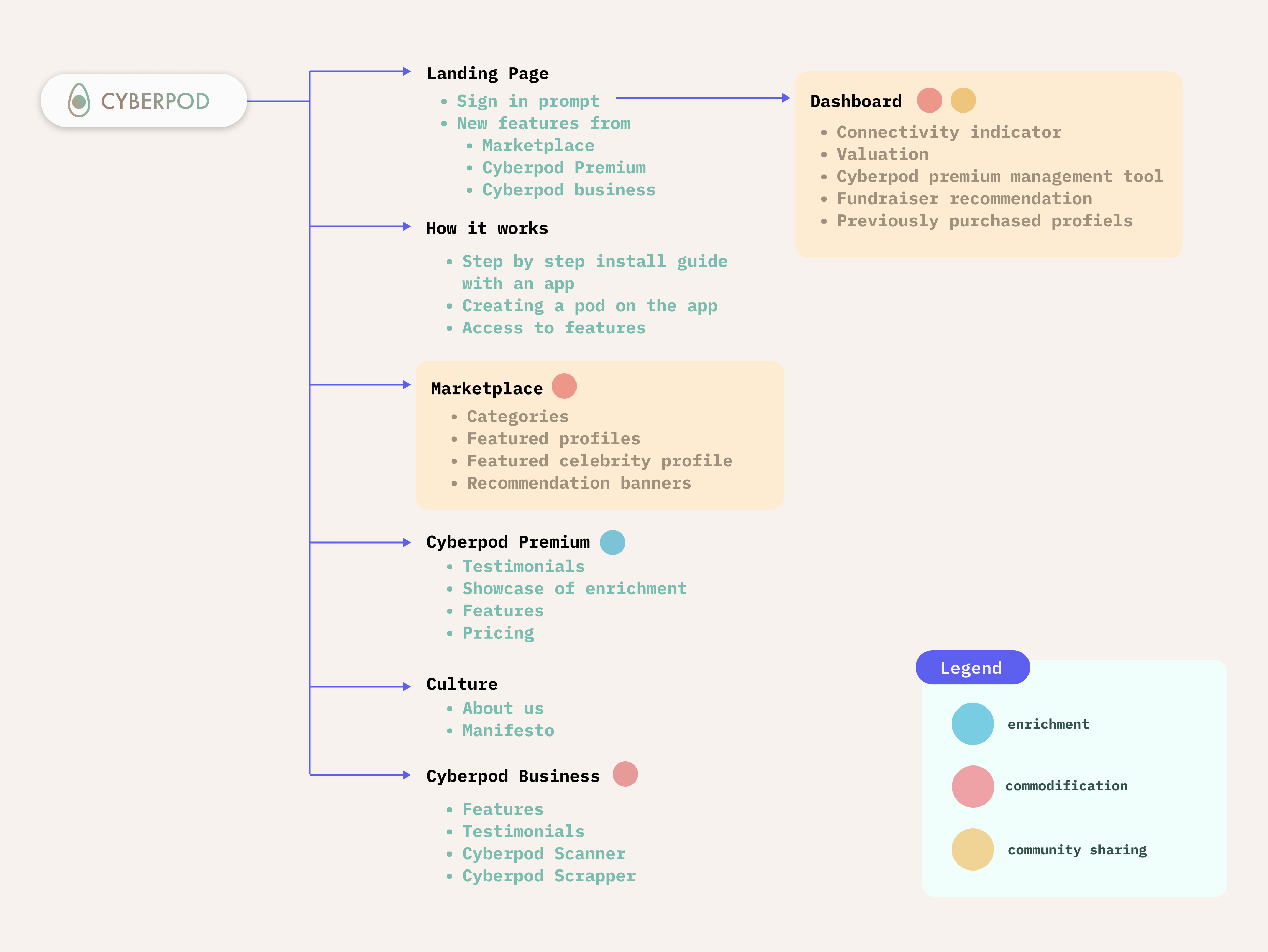
I then synthesized my findings into a site map for CyberPod, the speculative D.I. CyberPod would be a large D.I. platform, boasting multiple features, with 3 key microsites namely
and a few other subpages to further suspend disbelief
Users would also be able to create an account on the platform, since its a business to business (B2B) platform. Signing in would lead individuals to a dedicated, curated dashboard where they can engage with personalised content and recommendations by CyberPod.
03. Establishing Micro Site Information Architecture
I decided to focus specifically on the Marketplace & Dashboard microsites that would exist within the larger CyberPod ecosystem as illustrated in the sitemap above. Using other SaaS product sites as precedents, I developed the following information architecture models for the Marketplace and Dashboard sites respectively.

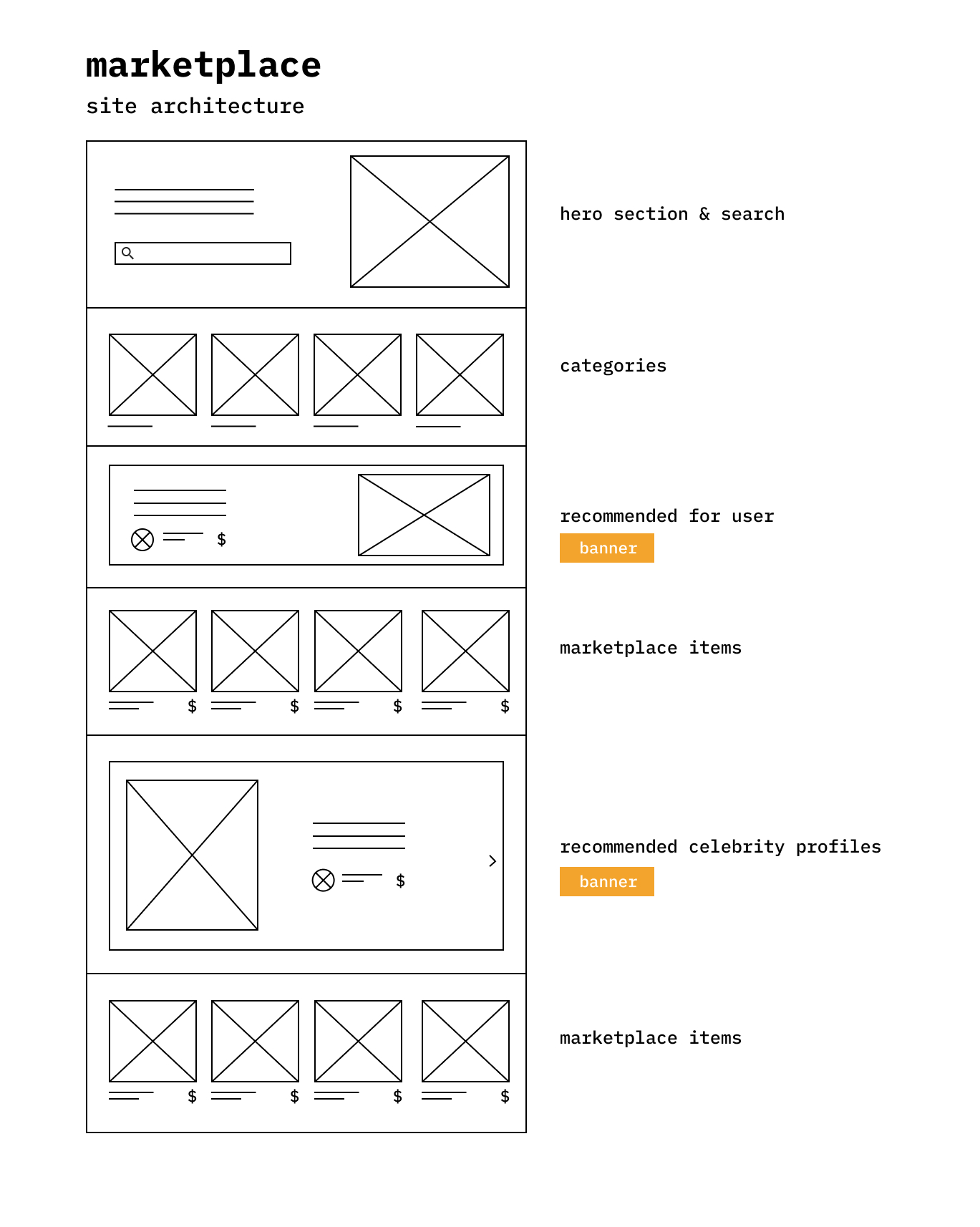
Each of the I.A.s above are composed of two personalized banners respectively, which are widgets built into the site that serve to recommend data profiles or suggestion actions to the user, and are therefore unique to each user.
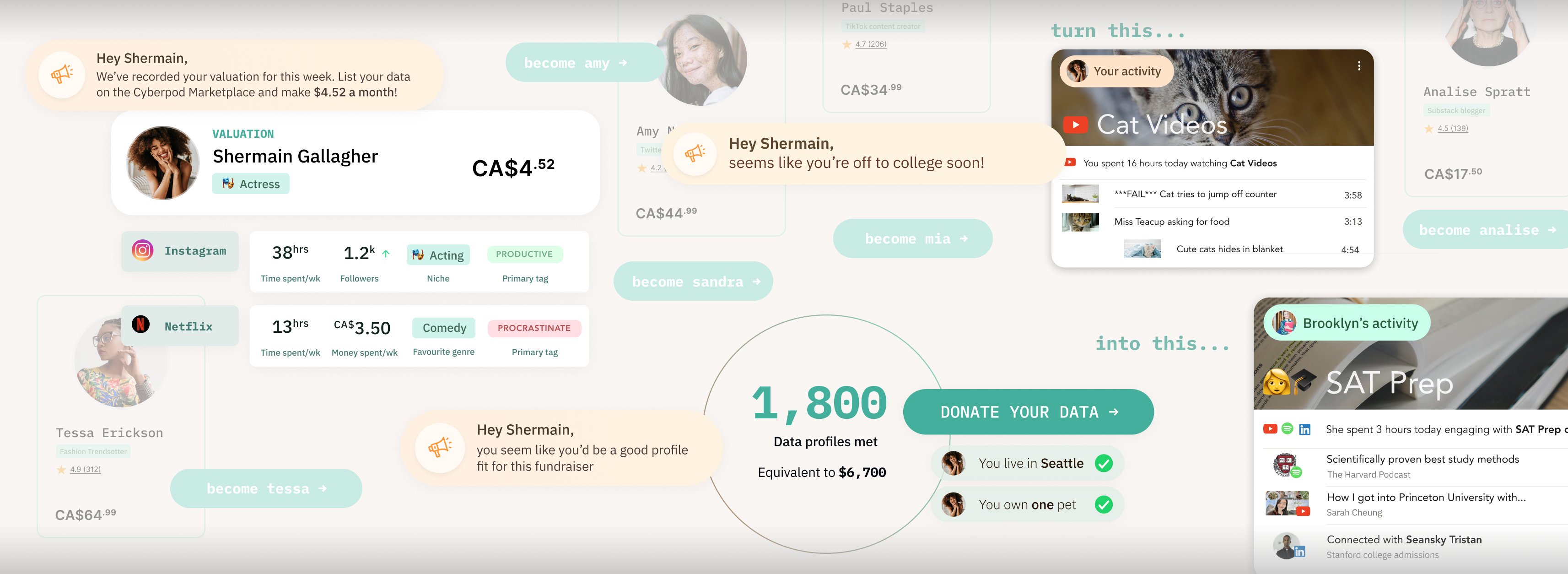
Data Fundraiser
Sheltered Ones is a startup based in Seattle, Washington that helps abandoned animals find shelter in loving homes. Sheltered Ones needs your data in order to improve their business and target their ideal customer.
Data profiles met
Equivalent to $6,700

see how they see the world
Park Jimin, known mononymously as Jimin, is a South Korean singer and dancer. In 2013, he made his debut as a member of the South Korean boy group BTS, under the record label Big Hit Entertainment.
they spend most of their time on...
Hey Shermain
seems like you're off to college soon!
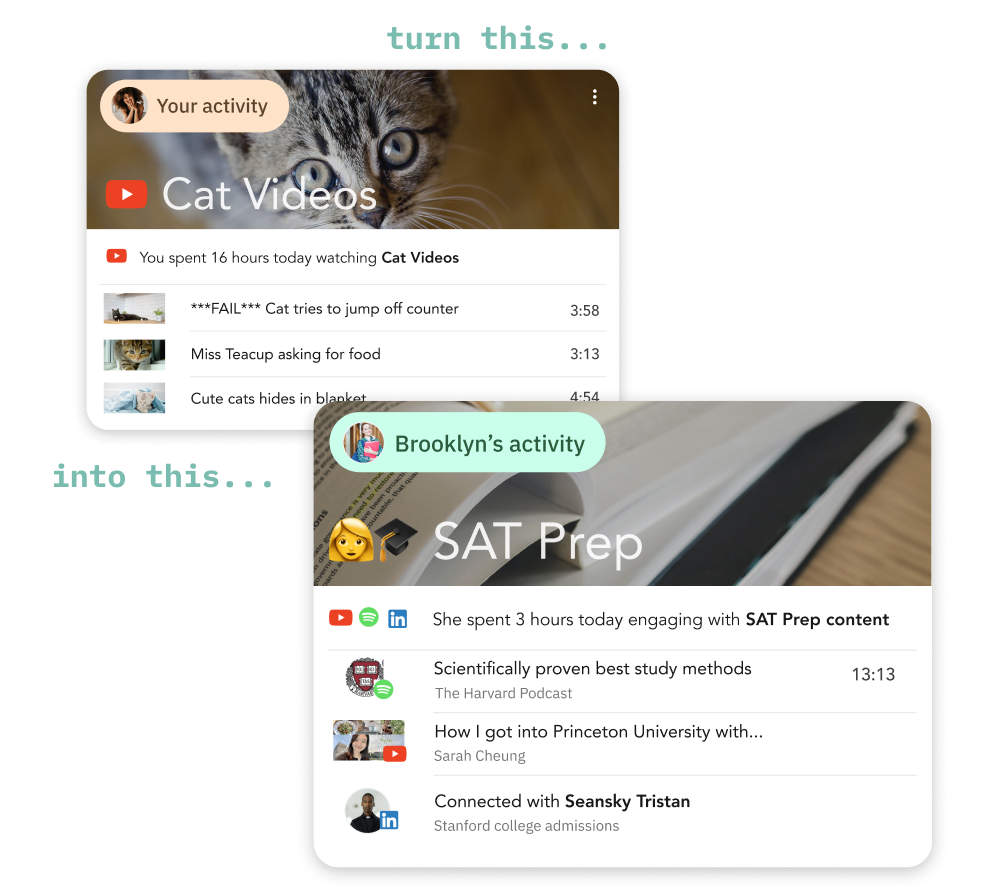
Exploring D.I.s through the design inquiry of Cyperpod helped to deepen the possibilities of this kind of ecosystem in the context of our present socio-technological space. By conceptualizing a product site from start to finish, I was able to use the ideate the form and content I deemed most desirable, functional and viable, through the continuous diverging and converging of ideas.
In future iterations, I would like to explore a more grandular asset (such as the creation of a full loaded product site) in order to further suspend disbelief, and push the idea on a scale that has more complexity and realism built into it, in the form of a real prototype that could function as an inspirational precedent for potential visionaries in the cybersecurity space.